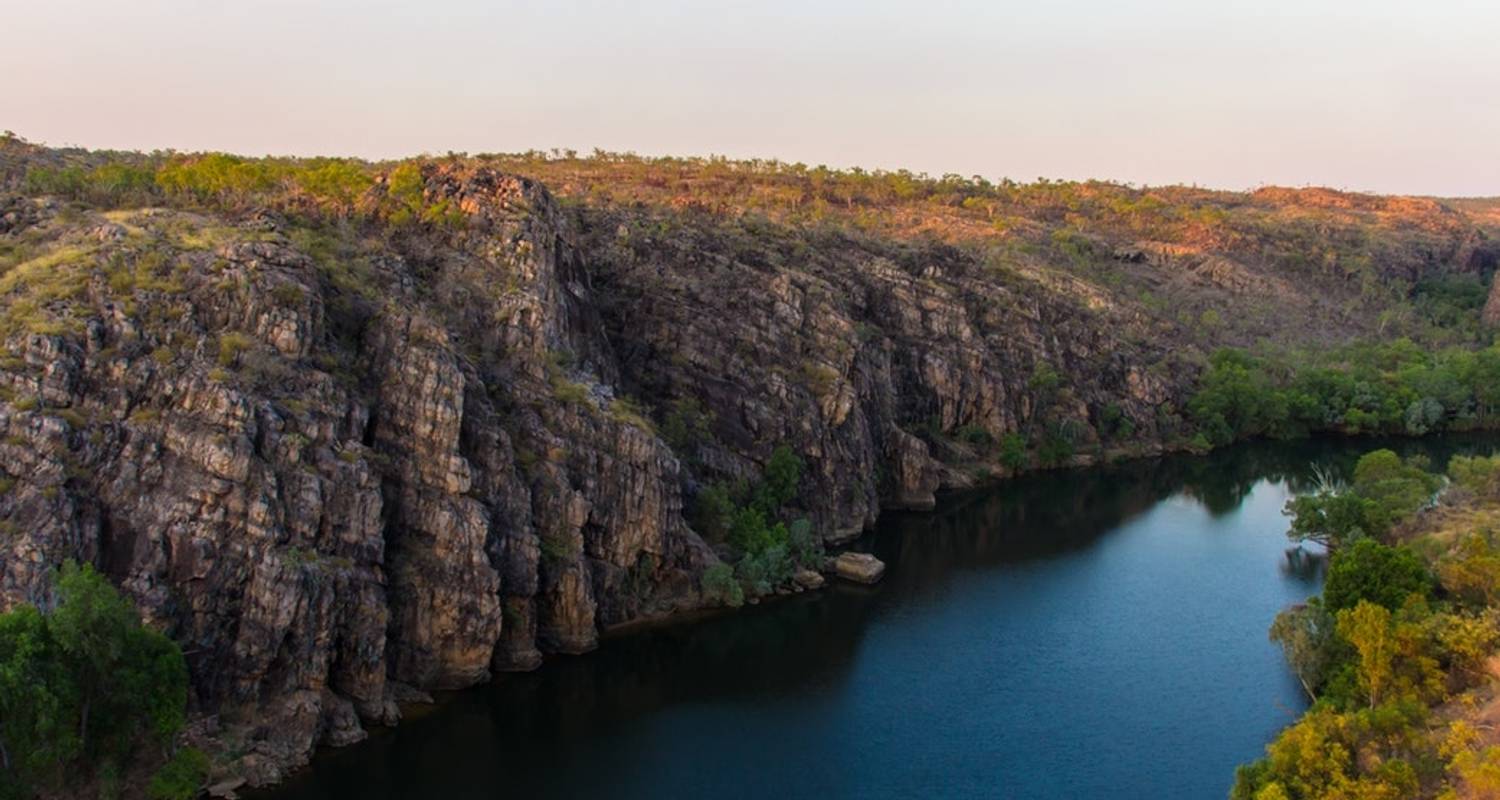Cloncurry River

Nestled amidst the vast expanse of the Australian Outback, the Cloncurry River flows silently, carrying with it a wealth of cultural heritage and significance. It is tributary of the Flinders River. For centuries, this waterway has been more than just a source of sustenance; it has served as a lifeline for Indigenous communities, a conduit for trade and exploration, and a symbol of resilience amidst the harshness of the Outback. In this comprehensive exploration, we delve into the multifaceted cultural importance of the Cloncurry, uncovering the stories, traditions, and legacies that have shaped its identity over time.
I. Indigenous Connections: Ancestral Ties to the Land
For the Indigenous peoples of the Cloncurry River Basin, including the Kalkadoon and Mitakoodi tribes, the river holds profound spiritual and cultural significance. It is more than just a waterway; it is a sacred site, a source of sustenance, and a repository of ancestral knowledge. Through oral traditions, Dreamtime stories, and ceremonial practices, Indigenous communities have forged a deep connection to the river, viewing it as a living entity that sustains and nurtures life in the Outback. As we explore the cultural landscape of the Cloncurry River Basin, we gain insight into the enduring legacy of Indigenous heritage and its importance in shaping the identity of the region.
II. European Exploration and Settlement: Shaping Cultural Exchange
The arrival of European explorers and settlers in the 19th century brought about significant changes to the cultural landscape of the Cloncurry River Basin. From the establishment of pastoral stations and mining camps to the construction of towns and infrastructure, European colonization transformed the region in profound ways. The Cloncurry became a focal point of cultural exchange and interaction between Indigenous and non-Indigenous peoples, shaping the social fabric of the Outback and leaving a lasting imprint on its cultural identity. Through historical records, diaries, and correspondence, we gain insight into the complexities of cultural exchange and adaptation in the frontier society of the Cloncurry River Basin.
III. Mining Heritage: A Testament to Industry and Innovation
The discovery of rich mineral deposits along the Cloncurry sparked a mining boom in the late 19th and early 20th centuries, leading to the rapid development of towns such as Cloncurry and Mount Isa. Mining not only reshaped the physical landscape of the region but also played a central role in shaping its cultural identity. From the pioneering efforts of prospectors and miners to the development of innovative mining techniques and technologies, the Cloncurry River Basin became synonymous with industry and innovation. Through archival photographs, mining artifacts, and oral histories, we explore the rich heritage of the mining industry and its enduring impact on the cultural fabric of the region.
IV. Cultural Preservation and Heritage Tourism: Celebrating the Past
In recent years, efforts have been made to preserve and celebrate the cultural heritage of the Cloncurry River Basin through heritage tourism initiatives and cultural preservation projects. Museums, interpretive centers, and cultural festivals offer visitors the opportunity to learn about the rich tapestry of Indigenous, European, and mining heritage that defines the region. Through guided tours, cultural performances, and hands-on experiences, visitors can immerse themselves in the living history of the Cloncurry River Basin, gaining a deeper appreciation for its cultural significance and legacy.
V. Environmental Conservation: Safeguarding Cultural Resources
As awareness of the importance of cultural heritage conservation grows, efforts have been made to integrate cultural considerations into environmental management and conservation practices in the Cloncurry River Basin. Indigenous cultural sites, such as rock art sites and burial grounds, are being identified and protected through collaborative efforts between Indigenous communities, government agencies, and conservation organizations. By safeguarding these cultural resources, we ensure that future generations can continue to learn from and be inspired by the rich heritage of the Cloncurry River Basin.
VI. Community Engagement and Empowerment: Nurturing Cultural Resilience
At the heart of cultural significance lies the people who call the Cloncurry River Basin home. Through community engagement and empowerment initiatives, local residents are playing an active role in preserving and promoting their cultural heritage. From storytelling and language revitalization programs to land management and traditional ecological knowledge projects, communities are reclaiming agency over their cultural identity and strengthening their resilience in the face of social and environmental challenges. As we celebrate the cultural significance of the Cloncurry, we also celebrate the resilience and ingenuity of the people who have made it their home for generations.
Conclusion:
In exploring the cultural significance of the Cloncurry River, we are reminded of the rich tapestry of history, tradition, and innovation that defines the region. From Indigenous Dreamtime stories to European exploration, mining heritage, and contemporary cultural revival movements, the Cloncurry River Basin embodies a living testament to the resilience and diversity of human culture. As we reflect on the importance of preserving and celebrating this cultural heritage, we are inspired to continue nurturing the connections that bind us to the land and each other, ensuring that the legacy of the Cloncurry endures for generations to come.
Know More about the Cloncurry River.
What are The Religious Places of the Cloncurry River?
When Did The Cloncurry River Basin Become a Focus?
Where is The Cloncurry River Located?
Who Were The Key Historical Figures and Civilizations of The Cloncurry River?
How to Reach Cloncurry River?




